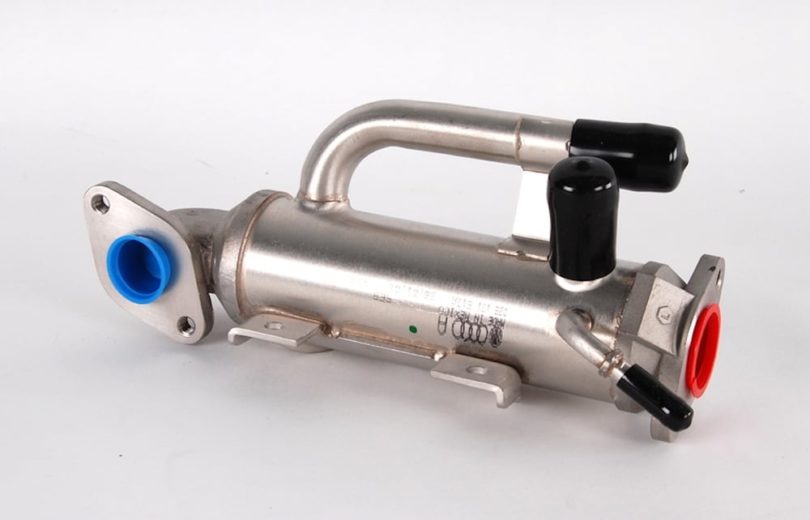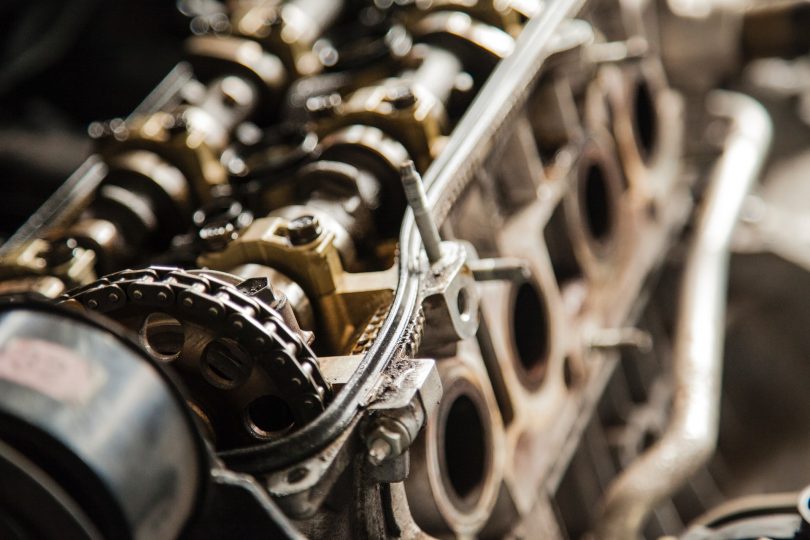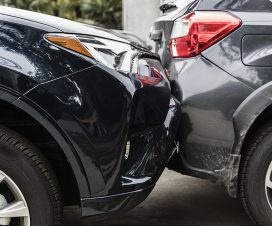 |
An exhaust gas recirculation valve, also known as an EGR valve, is integral to the vehicle’s engine management system. It recirculates finely metered amounts of exhaust gas to the engine system to reduce NOx emissions, fuel consumption, and engine efficiency. There is a growing need to reduce emissions in the modern world, and that means EGR valves will play a very key role moving forward.
What role does the EGR cooler play in your car?
The EGR valve stops a portion of the exhaust gas leaving the vehicle through the tailpipe, introduces it to the engine, and removes it from the nitrous oxide to minimize harmful emissions. Here comes the problem; the exhaust is hot, and it is being recirculated into an already hot engine which can be detrimental. An EGR cooler from Natrad minimizes that problem by cooling the recirculated exhaust and nitrous oxide before sending it to the vehicle’s cylinders and removing the less harmful emissions out of the car.
An integral feature of the EGR system is to reduce the combustion temperature and to achieve that, the gas temperature needs to be as minimal as possible. It is vital, especially in diesel engines that facilitate the recirculation of up to 50% of the combustion gas to the intake system.
With modern designs to maximize the use of the EGR system to improve fuels economy, it is possible to see gas engines with larger coolers. Gas engines also can have a pipe with a few ripples whereby the system relies on heat loss to the environment.
The cooled and separated gas mixture boosts the car’s fuel efficiency and lifespan because a cooled engine works efficiently in keeping its mobile parts moving. Engine manufacturers are continually testing new models of EGR coolers on new car models. One of them specifically designed for diesel engines is meant to boost its fuel efficiency and keep the diesel engines cool. Diesel engines are prone to overheating than standard engines; therefore, that will be a boon for the industry.
Currently, vehicles required to comply with emissions regulations have the current working models or EGR valves and coolers, which have proven to reduce emissions properly. They will continue to be used until newer versions of EGR coolers come along.
Advantages of an EGR cooler

Source: autocar.co.uk
Lowering temperature for more stable combustion.
That results in a lower combustion temperature, which is necessary for having the EGR valve in the first place, and it is also an essential parameter for nitrous oxide formation.
It enables the potential for more power.
Another benefit of the resulting cooler temperatures is, the lower the temperature gets, the more the gas becomes dense. Due to increased density, it becomes possible to get more air into the cylinders, providing more power.
Enhancing heat exchange
In some engines, the EGR cooler is a pipe with some grooves to minimize heat loss. In engines that require a greater level of heat loss, the recirculation pipe leads to a rectangular enclosure filled with small fins for enhancing heat exchange. These are liquid-cooled systems whereby one of the coolant loops passes via the EGR cooler.
Reduces the chances of rusting
EGR coolers are made of stainless steel, which is necessary because of the cooler’s environment. That is because other metals are susceptible to rusting, which can lead to significant engine damage.
What causes EGR cooler failure?

Image source: unsplash.com
Some situations can cause the EGR cooler to fail. Since the EGR cooler lowers the nitrous oxide emissions, the soot and smoke output of the combustion is ultimately increased. When the EGR suffers excessive use, the soot increases, leading to the ultimate failure of the EGR cooler.
In most cases, EGR cooler failure results from poor design and a harsh working environment. In some vehicles, stock coolers use thin oval passages; therefore, they are subjected to pressure and heat. Every time it heats up, the metal inside the cooler expands and strains against the underlying metal shell, which increases the stress.
Furthermore, the EGR cooler is exposed to the pressure from the cycling turbo. While the turbo strains and relaxes the exhaust flow, the tubes and fins inside the EGR cooler feel the strain and ultimately affect its lifespan.
Other problems in your engine may lead to an EGR cooler failure. A failing water pump can interfere with the flow to the cooler, which leads to overheating issues. Some types of diesel like the 6.0L use a coolant-based oil cooler, and if the cooler passages get clogged, which is common on the 6.0L, it impacts the flow to the EGR cooler or creates a sludgy coolant mix that doesn’t flow through the cooler, causing a failure.
Another possibility for EGR cooler failure is prevalent in engines with diesel particulate filters (PDF). Late fuel injection is needed for PDF regeneration to increase the temperatures for the cleaning of the PDF. The highest risk here is that as the EGR valve is in use at the time, hydrocarbons can make their way into the cooler and damage it.
The EGR cooler is a critical component of diesel engines because its failure leads to unstable combustion and abnormal engine performance. That necessitates the replacement of the part, but it requires the skills of a professional with enough experience. The installer should be able to perform the task well.
Signs that you need to replace your EGR cooler
- An overheating engine- any problem that causes the EGR cooler to have a restricted flow of exhaust gases exhibits in the form of an overheating engine.
- Exhaust leaks- if the EGR cooler gaskets are damaged, the result is exhaust leaks. That is often noticeable when you hear a hissing sound from the vehicle, which ultimately affects the engine’s performance.
- More emissions- another sign that your EGR cooler is damaged is increased emissions which means you can smell them when driving, and that means your car won’t pass the emission tests.
- Check engine lights- whenever the computer inside your vehicle detects a problem with the EGR cooler, like poor airflow, it alerts you by turning the engine light on.
conclusion
If it were not for EGR coolers, intake temperatures would be extremely high, impacting the combustion performance, which is why diesel engines have larger EGR coolers.




